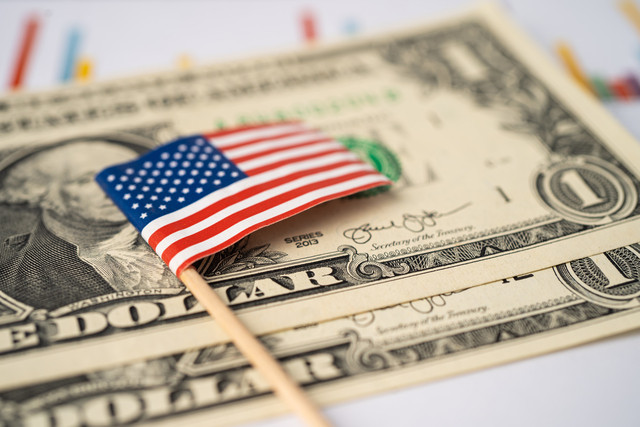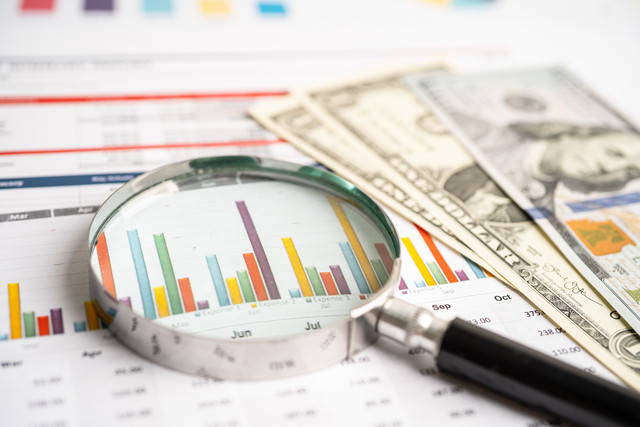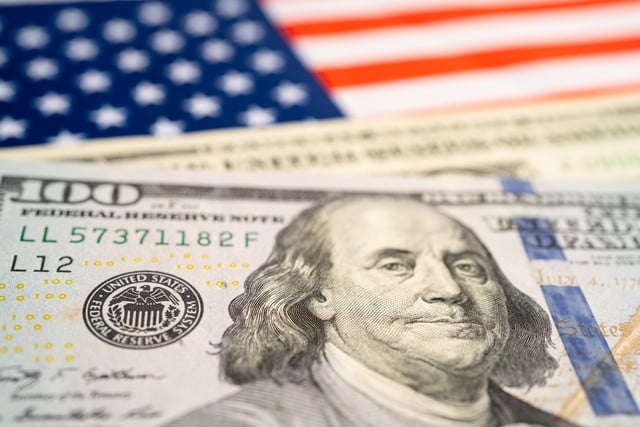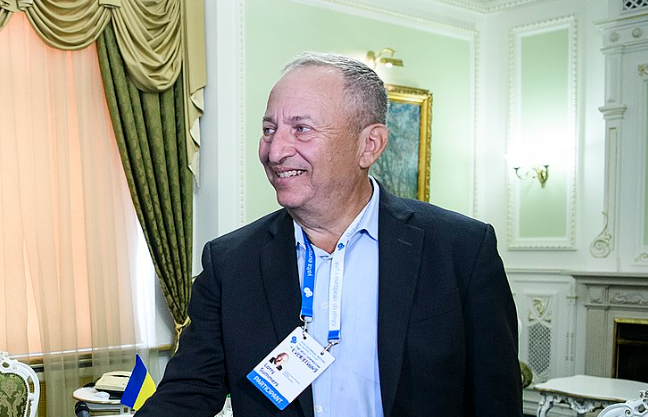What’s driving the top 1% of wealth growth over the last 50 years? What do you think could stop the rich from getting richer?
Have you ever wondered where all the money in America has gone over the years?
Studies show that a massive amount of wealth has shifted hands, leaving many asking: How did this happen, and what does it mean for everyday people like you and me?
Let’s dive into this story and uncover the details.
Top 1% Wealth Growth by $79 Trillion

Over the last 50 years, research reveals that $79 trillion has moved from the bottom 90% of Americans to the top 1%. That’s $79,000,000,000,000—a number so big it’s hard to wrap your head around.
To put it in perspective, in 2023 alone, $3.9 trillion of that wealth shifted upward. If that money had stayed with the bottom 90%, every full-time worker in that group could have gotten a $32,000 raise that year. Instead, it went to the richest of the rich.
This isn’t a one-time event—it’s been building since 1975, according to a study by the RAND Corporation, a nonprofit research group.
Back in the decades after World War II, America’s economy grew, and so did people’s incomes—pretty evenly across the board.
But starting in the 1970s, things changed. The bottom 90% —most workers—saw their share of the nation’s income shrink, while the top 1% saw theirs explode.
By 2019, the bottom 90% earned less than half of all taxable income, down from two-thirds in 1975. Meanwhile, the top 1%’s income grew over 300% from 1975 to 2018, far outpacing the country’s overall growth.
What Caused This Shift?

So, why did this happen? Experts point to a few big reasons. First, economic growth stopped benefiting everyone equally.
Policies like tax cuts for the wealthy and fewer rules on big businesses helped the top 1% pile up more money.
Second, inflation—rising prices—ate away at the value of wages for regular workers, adding about $10 trillion to the wealth gap.
Third, the share of income going to the bottom 90% just kept dropping, even as the economy grew overall.
Think of it like a pie: the pie got bigger, but the richest folks took bigger and bigger slices, leaving smaller pieces for everyone else.
This shift didn’t happen by accident. Choices made by leaders—like cutting taxes for billionaires, letting companies merge into giants, and weakening workers’ bargaining power—pushed money upward.
Over time, these decisions added up, creating a gap between the ultra-wealthy and the rest of us that’s wider than ever.
What Does It Mean for Us?

Basically, the rich keep getting richer, and the poor keep getting poorer, or however the saying goes.
This $79 trillion shift affects more than just bank accounts—it changes lives. For the bottom 90%, it’s meant stagnant wages, tougher times buying homes, and less security for the future. Imagine working hard but feeling like you’re running in place while others soar ahead.
For the top 1%, it’s meant more power and influence, with their wealth now matching what the bottom 90% hold combined.
Some, like Senator Bernie Sanders, say this threatens democracy itself, as a handful of super-rich people gain more control over the country.
The numbers are eye-opening, but they also spark a bigger question: Can this trend be reversed? Some suggest taxing the wealthy more or raising wages for workers.
Others argue that the system is too set in its ways. Either way, understanding this wealth redistribution in America is the first step to figuring out what comes next.
You might also want to read: 5th Richest Man Gives 99% of His Wealth As Donation to Charity



